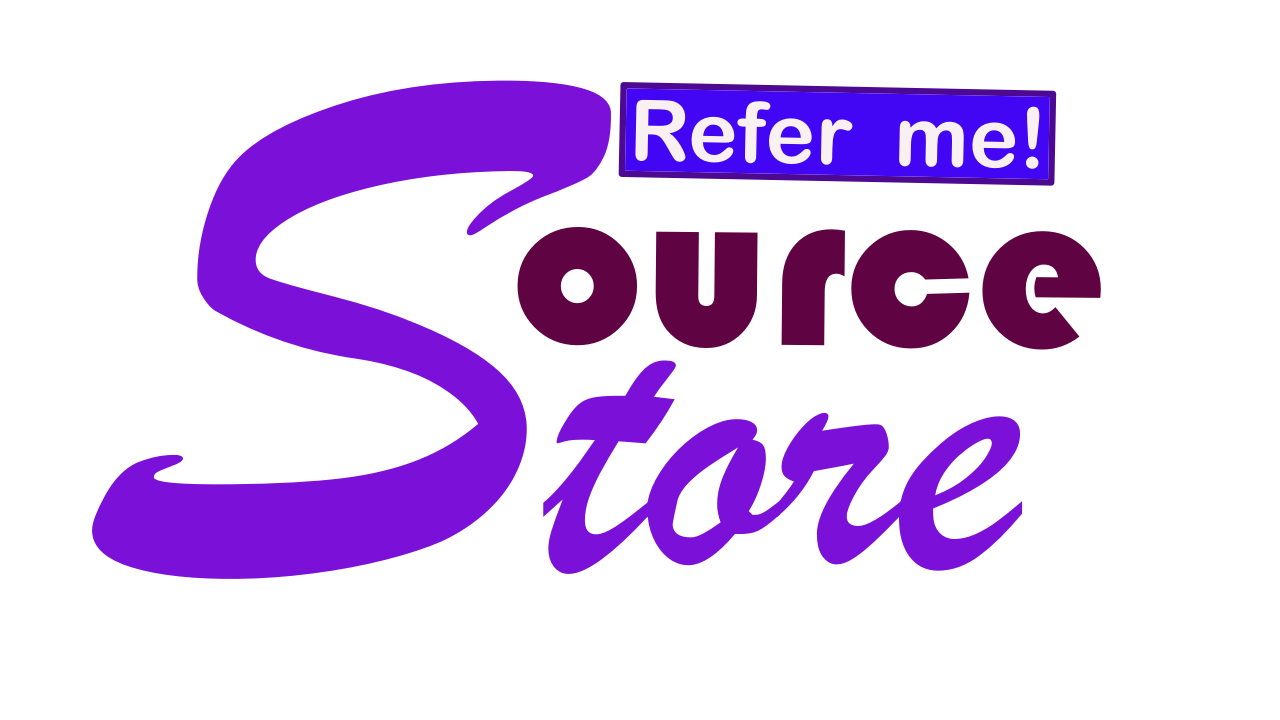Here is a general structure for a good media institution:
- Leadership: A good media institution should have strong leadership, including a CEO or director who can set the overall vision and strategy for the organization. This person should have experience in the media industry and strong management skills.
- Editorial: The editorial department is responsible for creating the content that the media institution produces. This department should have skilled writers, editors, producers, and other content creators who can produce high-quality content that is relevant to the institution's target audience.
- Production: The production department is responsible for creating the technical aspects of the media institution's content, such as video, audio, graphics, and animation. This department should have skilled technicians who are proficient in the latest production technologies.
- Sales and Marketing: The sales and marketing department is responsible for promoting the media institution's content to its target audience and generating revenue through advertising and other forms of monetization. This department should have skilled marketers who are familiar with the latest advertising and marketing technologies.
- Technology: The technology department is responsible for the media institution's technical infrastructure, including servers, websites, content management systems, and other technical components. This department should have skilled technicians who are proficient in the latest technologies and can ensure that the institution's technical infrastructure is secure and reliable.
- Operations: The operations department is responsible for managing the day-to-day operations of the media institution, including finance, human resources, legal, and administrative functions. This department should have skilled professionals who can manage the institution's resources and ensure that it is compliant with all relevant laws and regulations.
- Audience Development: The audience development department is responsible for building and engaging the institution's audience, including through social media, email marketing, and other channels. This department should have skilled professionals who can grow the institution's audience and engage with its target demographic.
- Partnerships: The partnerships department is responsible for building and managing relationships with other media institutions, content providers, advertisers, and other stakeholders. This department should have skilled professionals who can negotiate deals and build long-term relationships that benefit the institution and its partners.
- Research and Development: The research and development department is responsible for identifying new trends and technologies in the media industry, as well as conducting research and experimentation to improve the institution's content, technology, and operations. This department should have skilled professionals who are familiar with the latest research methods and can apply them to the media industry.
- Data and Analytics: The data and analytics department is responsible for collecting and analyzing data related to the media institution's content, audience, and operations. This department should have skilled analysts who can use data to inform strategic decisions and improve the institution's performance.
- Community Management: The community management department is responsible for engaging with the media institution's audience and fostering a sense of community among its followers. This department should have skilled community managers who can respond to comments, messages, and other forms of engagement from the audience.
- Education and Training: The education and training department is responsible for providing education and training opportunities for the media institution's staff and audience. This department should have skilled educators who can develop courses, workshops, and other training programs that help the institution's staff and audience develop new skills and knowledge.
- Diversity, Equity, and Inclusion: The diversity, equity, and inclusion department is responsible for ensuring that the media institution is inclusive and representative of diverse perspectives and voices. This department should have skilled professionals who can develop policies, programs, and initiatives that promote diversity, equity, and inclusion throughout the institution.
- International Relations: The international relations department is responsible for managing the media institution's relationships with international partners, including content providers, advertisers, and other stakeholders. This department should have skilled professionals who are familiar with the cultural and regulatory differences between countries and can navigate these differences to build successful partnerships.
- Advocacy and Public Relations: The advocacy and public relations department is responsible for promoting the media institution's values, goals, and initiatives to the public and advocating for policies and regulations that support the media industry. This department should have skilled communicators who can develop effective messaging and build relationships with key stakeholders in the media industry.
These are just a few additional departments that could be included in a media institution, depending on its size, scope, and focus. Ultimately, the structure of a media institution should be designed to support its mission and goals, and to ensure that it can produce high-quality content and engage with its audience effectively.
This is just a general structure for a good media institution, and the specific roles and responsibilities may vary depending on the size, scope, and focus of the institution. Ultimately, a good media institution should have a strong team of professionals who are committed to producing high-quality content that engages and informs its target audience.
This is just a general structure for a good media institution, and the specific roles and responsibilities may vary depending on the size, scope, and focus of the institution. Ultimately, a good media institution should have a strong team of professionals who are committed to producing high-quality content that engages and informs its target audience.
